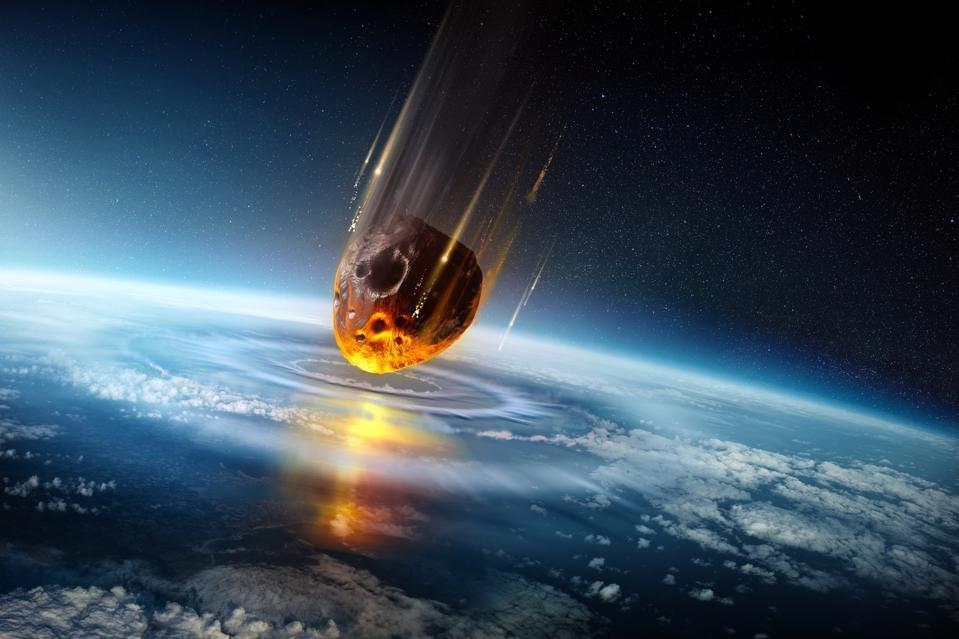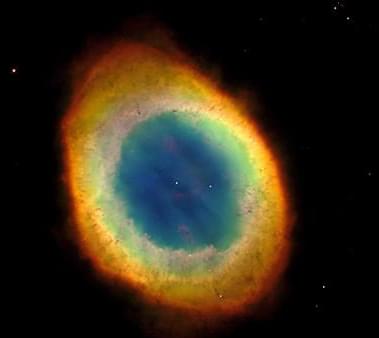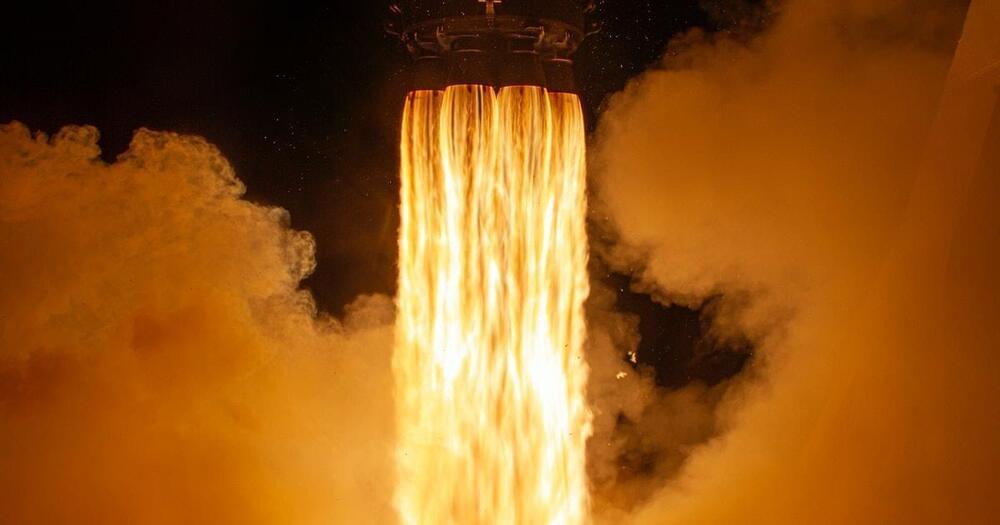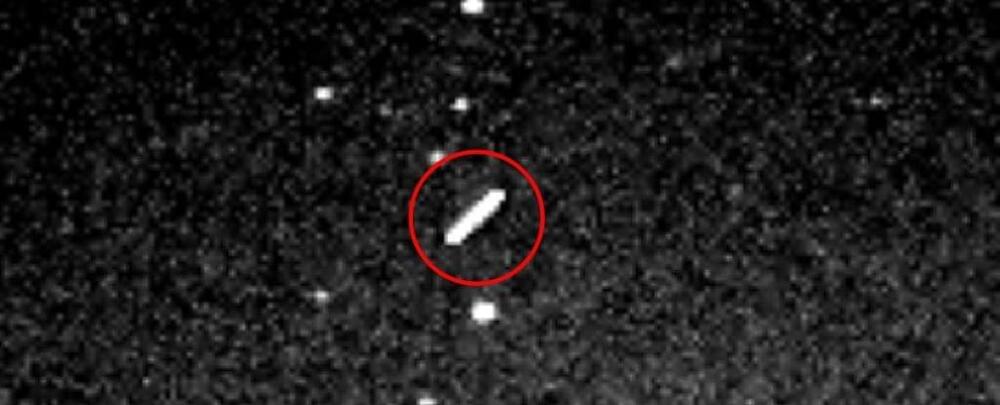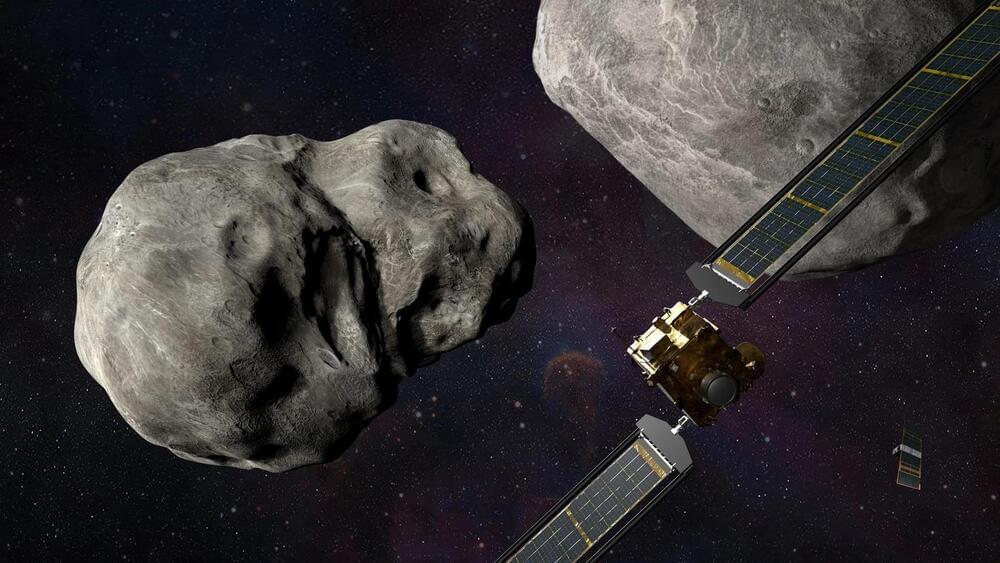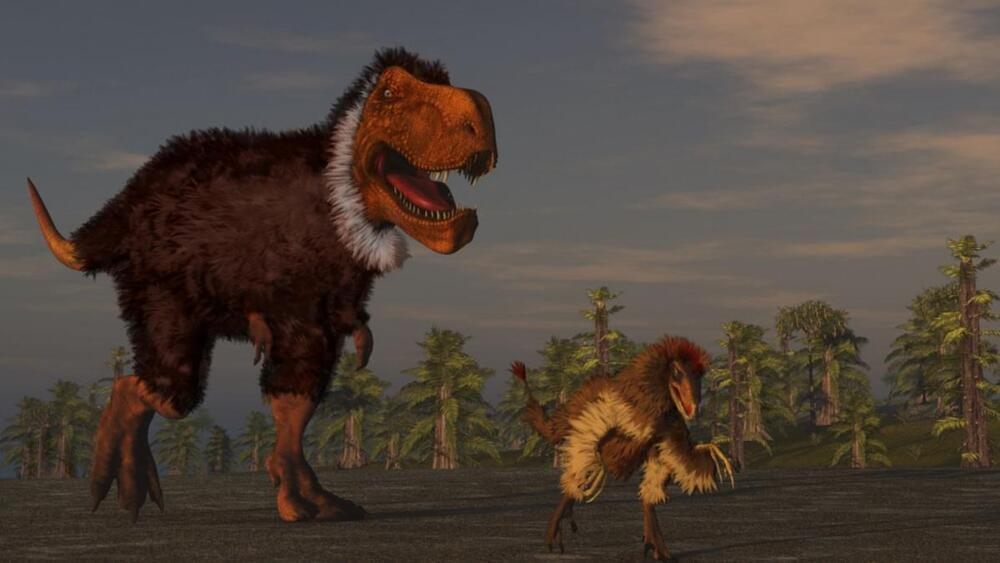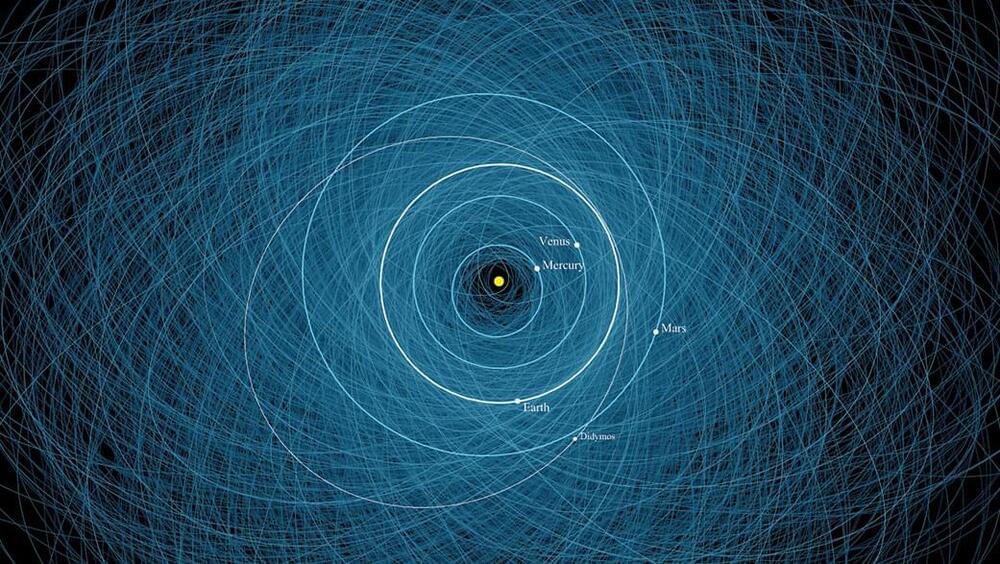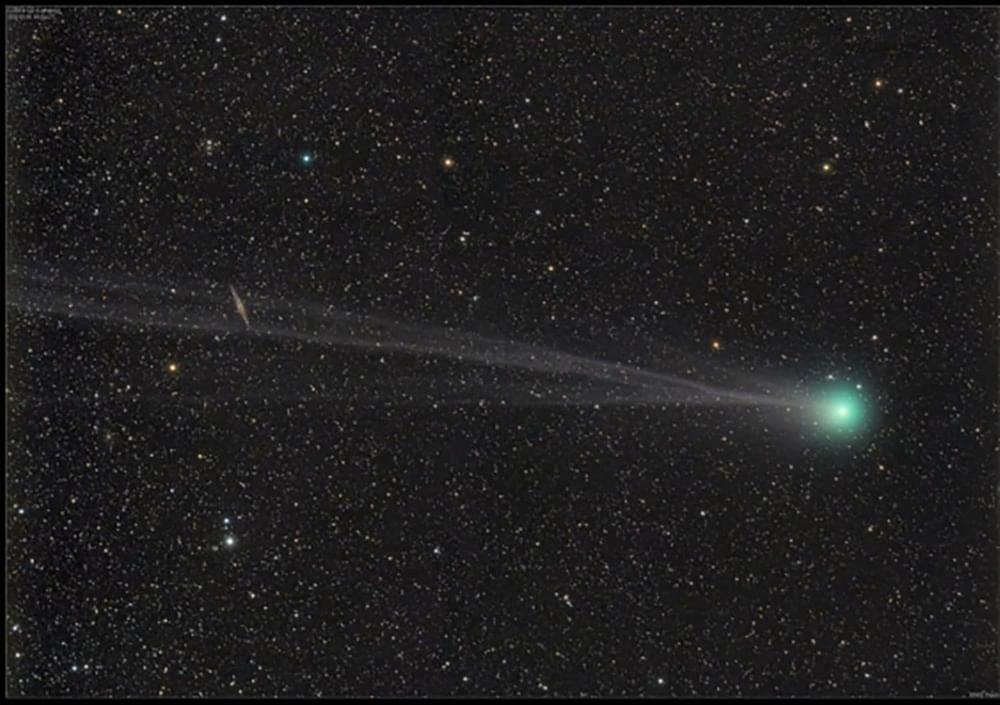NASA says an asteroid came within about 1.2 million miles of the Earth’s atmosphere on Tuesday afternoon. In 2013, Anderson Cooper reported on our ability to detect asteroids and comets that come close to Earth after another asteroid impacted the atmosphere over Russia.
“60 Minutes” is the most successful television broadcast in history. Offering hard-hitting investigative reports, interviews, feature segments and profiles of people in the news, the broadcast began in 1968 and is still a hit, over 50 seasons later, regularly making Nielsen’s Top 10.
Watch full episodes: http://cbsn.ws/1Qkjo1F
Get more “60 Minutes” from “60 Minutes: Overtime”: http://cbsn.ws/1KG3sdr.
Follow “60 Minutes” on Instagram: http://bit.ly/23Xv8Ry.
Like “60 Minutes” on Facebook: http://on.fb.me/1Xb1Dao.
Follow “60 Minutes” on Twitter: http://bit.ly/1KxUsqX
Download the CBS News app: http://cbsn.ws/1Xb1WC8
Try Paramount+ free: https://bit.ly/2OiW1kZ
For video licensing inquiries, contact: [email protected]
